High-Density Polyethylene (HDPE) plastic pipes stand as transformative elements in the realm of conduits, redefining the way we approach fluid transport and infrastructure development. Born from a synthesis of innovation and engineering excellence, HDPE pipes have rapidly ascended to become indispensable components in various sectors.
These pipes, crafted from a robust and versatile material known as high-density polyethylene, embody a revolutionary approach to conduit systems. Their transformative nature lies not just in their composition but in the inherent benefits they bring to the table. From seamless installations to leak-free assurances, HDPE pipes have shifted paradigms, offering solutions that are not only efficient but also environmentally conscious.
As conduits, HDPE pipes have embraced a role far beyond mere carriers of fluids. They symbolize a departure from traditional materials, marking a progressive step towards sustainability and adaptability. Their transformative elements extend to reshaping the landscape of modern infrastructure, offering engineers, architects, and urban planners a versatile tool to address evolving needs.
In this era of heightened awareness about the environmental impact of infrastructure, HDPE pipes emerge as transformative elements that align with the principles of eco-friendliness. Their recyclable nature and longevity contribute to a sustainable approach to infrastructure development, ensuring that they not only meet current needs but also leave a positive legacy for future generations.
In the following exploration, we delve into the evolutionary journey of HDPE pipes, unraveling their inherent advantages, and witnessing how they reshape the very landscape of modern infrastructure. From fluidity redefined to pioneering sustainability, HDPE plastic pipes stand at the forefront of a transformative movement that echoes far beyond the surface.

The Evolution of Conduits: Exploring HDPE's Roots and Growth
Unveiling the Evolution of HDPE Pipes: Transforming Conduit Systems
Tracing the Origins
The inception of High-Density Polyethylene (HDPE) pipes marks a watershed moment in the evolution of conduit systems. Born from the quest for alternatives to traditional materials, HDPE pipes trace their origins to the mid-20th century. The discovery and development of polyethylene, particularly high-density polyethylene, opened new avenues for creating conduit systems that transcended the limitations of conventional materials.
Milestones in the Evolutionary Journey
The journey of HDPE pipes is punctuated by transformative milestones. In the 1960s and 1970s, industrial adoption gained momentum as engineers recognized the material's potential. Advancements in manufacturing techniques during the 1980s allowed for the production of pipes in diverse sizes and shapes, catering to the dynamic needs of infrastructure projects. Global standardization in the 2010s elevated HDPE pipes to a universally recognized conduit solution.
HDPE's Emergence as a Dynamic Force
HDPE's ascendancy as a dynamic force in the world of conduits is evident in its versatility and widespread adoption. Recognized for efficiency and longevity, HDPE pipes have become indispensable in water distribution, sewage systems, industrial applications, and even telecommunications. Beyond functionality, HDPE stands as a sustainable choice, aligning with contemporary environmental consciousness.
The evolution of HDPE pipes represents more than a shift in conduit materials—it symbolizes a transformative force that has reshaped the very foundations of modern infrastructure. From the laboratories where polyethylene was first synthesized to the vast networks of pipes seamlessly conveying fluids, HDPE has emerged as a dynamic and enduring presence in the world of conduits.
Fluidity Redefined: Unveiling the Inherent Advantages
Unlocking the Strengths of HDPE Pipes: A Fluid Revolution in Conduits
In-depth Exploration of the Inherent Advantages
High-Density Polyethylene (HDPE) pipes have emerged as frontrunners in the realm of conduit systems, and a closer look at their inherent advantages unveils a paradigm shift in fluid transport. HDPE, a robust thermoplastic polymer, boasts a remarkable combination of attributes that sets it apart. The material's high strength-to-density ratio, chemical resistance, and flexibility form the foundation for its widespread application in conduit systems.
Versatility in Various Applications and Fluid Transport Needs
The versatility of HDPE pipes extends far beyond the conventional. These pipes adapt seamlessly to a myriad of applications, addressing diverse fluid transport needs. Whether in municipal water supply, industrial processes, or agricultural irrigation, HDPE pipes prove their mettle. Their ability to withstand varying pressures and temperatures while resisting corrosion positions them as a versatile solution for a wide spectrum of infrastructure challenges.
Seamless Installations, Leak-Free Assurances, and Redefining the Essence of Fluidity
One of the defining features of HDPE pipes is their capacity for seamless installations. The lightweight nature of HDPE simplifies logistics and accelerates construction projects, making them the conduit of choice for modern infrastructure endeavors. Moreover, the leak-free assurances of HDPE pipes redefine the essence of fluidity. The elimination of potential leakage points ensures a continuous, reliable flow, transforming the traditional perception of conduits.
In essence, HDPE pipes not only possess inherent strengths that make them versatile across applications but also redefine the very essence of fluidity in conduit systems. Their seamless installations and leak-free assurances underscore a fluid revolution in modern infrastructure, where HDPE pipes stand as champions of efficiency, durability, and adaptability.
Reshaping the Landscape: HDPE Pipes in Modern Infrastructure Design
Shaping Tomorrow’s Infrastructure: HDPE Pipes at the Helm of Innovation
HDPE's Versatility in Municipal Water Supply, Industrial Applications, and Agriculture
High-Density Polyethylene (HDPE) pipes have become the linchpin in modern infrastructure, owing to their unparalleled versatility across sectors. In municipal water supply, HDPE pipes play a vital role in ensuring a reliable and efficient water distribution network. Their corrosion resistance and flexibility make them ideal for industrial applications, where they seamlessly convey chemicals, fuels, and other fluids. In agriculture, HDPE pipes contribute to efficient irrigation systems, showcasing their adaptability in sustaining vital sectors.
Integration of HDPE Pipes in Reshaping the Landscape of Modern Infrastructure
The integration of HDPE pipes heralds a transformative phase in shaping the contemporary infrastructure landscape. With their ability to withstand varying pressures, temperatures, and corrosive environments, HDPE pipes have become the backbone of modern construction projects. From laying the groundwork for urban development to providing conduits for industrial complexes, HDPE pipes have left an indelible mark on the infrastructure map, reshaping the way we build, connect, and sustain our communities.
Architectural Role of HDPE in Creating Efficient and Enduring Fluid Transport Solutions
Beyond their utilitarian functions, HDPE pipes have assumed an architectural role in crafting efficient and enduring fluid transport solutions. The lightweight nature of HDPE simplifies logistics, enabling architects and engineers to design and implement intricate fluid transport networks. Whether concealed beneath city streets or integrated into industrial complexes, the architectural integration of HDPE pipes ensures not only efficiency in fluid conveyance but also durability in the face of evolving infrastructure demands.
In summary, HDPE pipes stand as versatile conduits, seamlessly navigating the intricate demands of municipal water supply, industrial applications, and agriculture. Their integration has not only reshaped the infrastructure landscape but also elevated their role to that of architectural components, creating solutions that are not only efficient but also enduring in the fluid dynamics of modern living.
Beyond the Surface: Unearthing the Strength and Versatility
Unveiling the Strength and Versatility of HDPE Plastic Pipes: Beyond the Surface
Deep Dive into the Strength and Versatility of HDPE Plastic Pipes
High-Density Polyethylene (HDPE) plastic pipes are not just conduits; they are engineering marvels that redefine the benchmarks of strength and versatility. A deep dive into their composition reveals a material engineered to withstand the harshest conditions. The inherent strength of HDPE, derived from its high molecular weight and crystalline structure, ensures resilience against external pressures and environmental challenges. This strength, combined with the material's versatility, positions HDPE plastic pipes as stalwarts in fluid transport systems across diverse applications.
Practical Advantages Beyond Aesthetic Appeal
While aesthetic appeal is often a secondary consideration in conduit systems, the practical advantages of HDPE plastic pipes extend far beyond visual aesthetics. Their smooth inner surface minimizes friction, reducing energy consumption in fluid transport. The lightweight nature of HDPE simplifies transportation, handling, and installation, resulting in cost savings and increased efficiency. The absence of joints and the flexibility of HDPE contribute to leak-free installations, ensuring a continuous and reliable flow of fluids.
Durability, Adaptability, and Seamless Performance
Durability is the hallmark of HDPE plastic pipes. Engineered to resist corrosion, abrasion, and chemical degradation, HDPE pipes exhibit longevity that outperforms traditional materials. Their adaptability to various environmental conditions makes them suitable for a spectrum of applications, from municipal water supply to industrial processes. The seamless performance of HDPE pipes, coupled with their ability to endure extreme conditions, ensures a consistent and reliable fluid transport system, even in the most demanding scenarios.
In essence, HDPE plastic pipes go beyond mere conduits; they represent a fusion of strength, versatility, and practical advantages that redefine the very essence of fluid transport systems. From their composition to their seamless performance, HDPE plastic pipes stand as exemplars of engineering excellence, ensuring durability, adaptability, and efficiency in every drop they convey.
Are the pipes suitable for underground or above-ground installations?
The suitability of PE (polyethylene) plastic pipes for underground or above-ground installations depends on various factors, and PE pipes are commonly used for both applications. Here are some considerations
1. Underground Installations
PE pipes are frequently used for underground installations in applications such as water supply, sewer systems, and gas distribution.
They are known for their flexibility and resistance to soil movement, making them suitable for installation in areas with varying soil conditions.
Proper bedding and backfilling practices are crucial to support and protect the pipes when buried underground.
2. Above-Ground Installations
PE pipes can also be used for above-ground installations in certain scenarios.
UV-resistant formulations are available to protect the pipes from the harmful effects of sunlight when exposed to outdoor conditions.
Above-ground installations are common in applications such as industrial processes, temporary pipelines, and agricultural irrigation.
3. Considerations for Above-Ground Installation
When using PE pipes above ground, it's essential to select pipes with UV stabilization to prevent degradation from prolonged exposure to sunlight.
Adequate support structures or hangers may be required to ensure the pipes are properly supported and secured.
4. Jointing Methods
The jointing methods used for PE pipes can influence their suitability for different installations. Common jointing methods include butt fusion, electrofusion, and mechanical coupling.
The selected jointing method should be appropriate for the specific installation conditions, whether underground or above ground.
5. Local Regulations
Local building codes and regulations may specify requirements for the installation of pipes, whether underground or above ground. It's essential to comply with these regulations to ensure the safety and integrity of the installation.
6. Application-Specific Considerations
Consider the specific requirements of your project. For example, if the pipes will be installed in an industrial setting with above-ground exposure, you may need pipes with additional chemical resistance or other specialized features.
Before choosing PE pipes for your project, it's advisable to consult with engineers, project managers, or professionals with expertise in the specific application and installation conditions. They can provide guidance based on local regulations, industry best practices, and the unique requirements of your project. Additionally, working closely with reputable suppliers who can offer technical support and product recommendations is crucial for a successful installation.
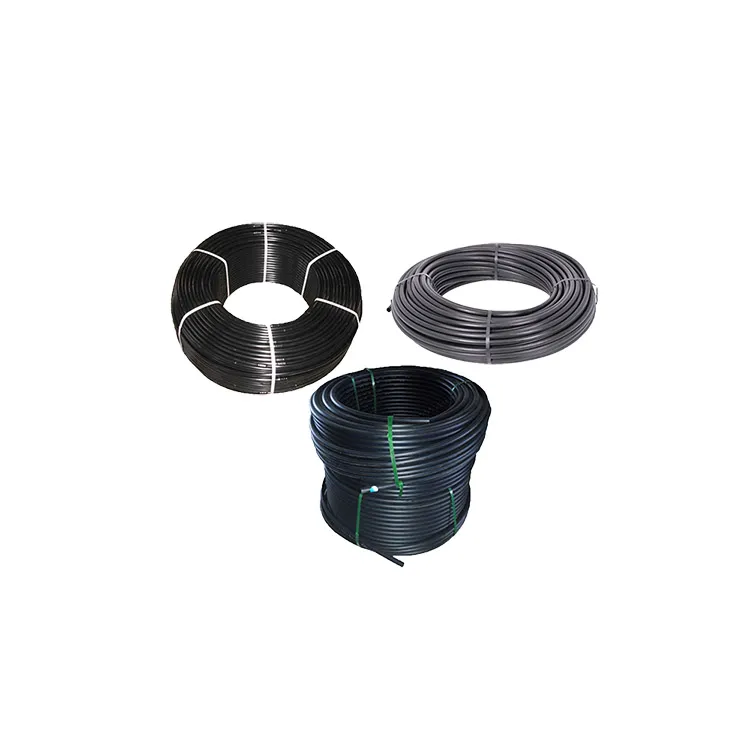
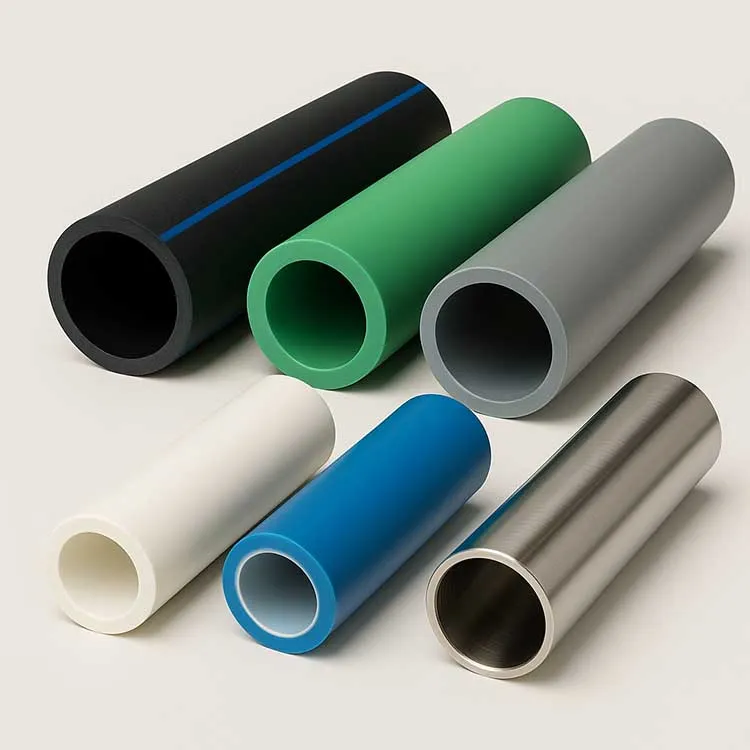
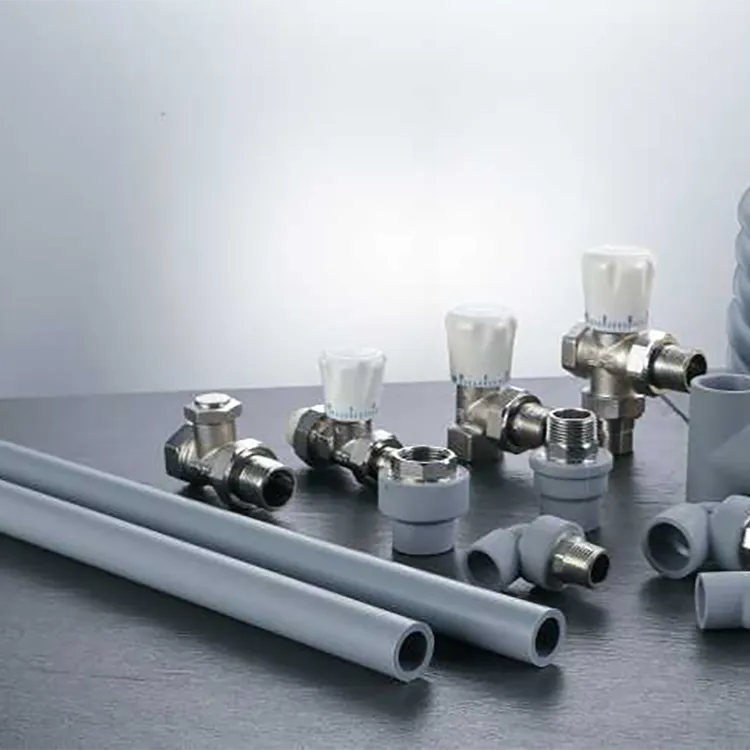
981.webp)
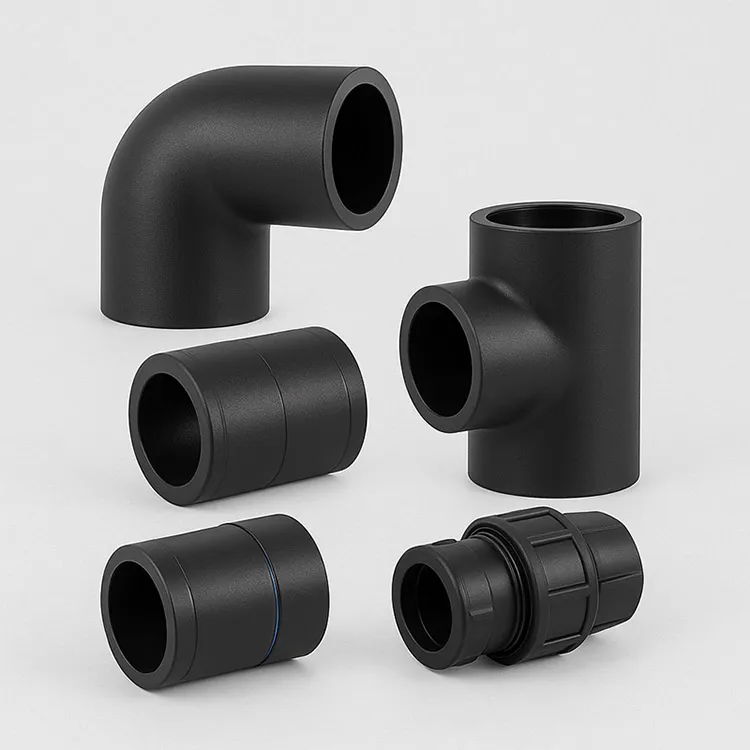
 (1)379.webp)
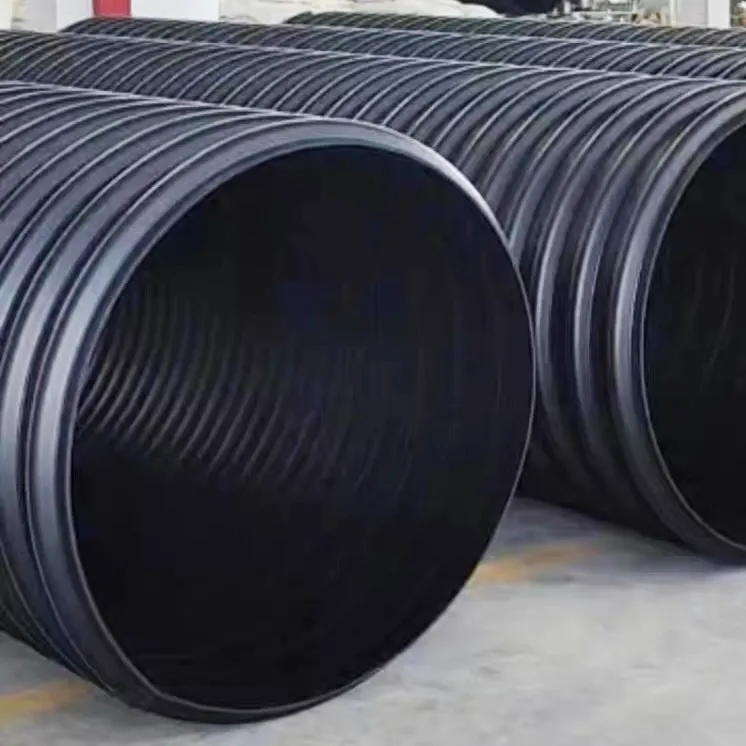
294.webp)
476.webp)
420.webp)
146.webp)
460.webp)
287.webp)
274.webp)
688.webp)


